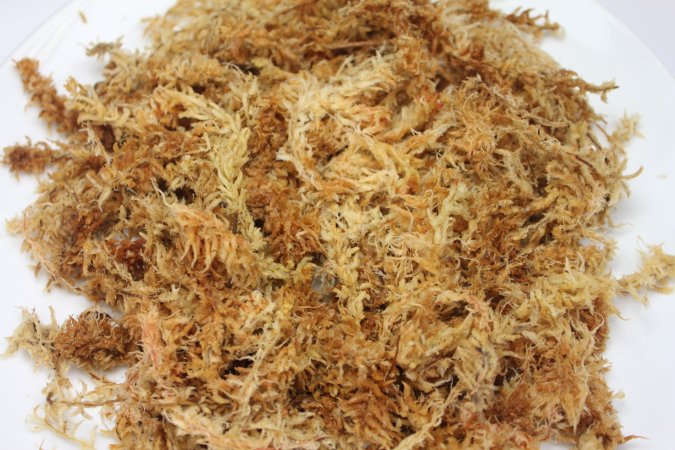
Hydroponics, the practice of growing plants without soil, has revolutionized modern agriculture. While there are numerous hydroponic grow mediums available, one unique option gaining popularity is sphagnum moss. Sphagnum moss offers several advantages as a hydroponic grow medium, providing optimal moisture retention, root support, and nutrient absorption. In this article, we will explore the benefits of using sphagnum moss and provide insights into its application in hydroponic systems.
Why Choose Sphagnum Moss as a Grow Medium?
Sphagnum moss possesses several qualities that make it an ideal choice for hydroponics:
Excellent Water Retention
Sphagnum moss has a high water-holding capacity, ensuring a consistent supply of moisture to the plant roots. This characteristic is particularly advantageous in hydroponic systems where plants solely rely on the nutrient solution for hydration.
Enhanced Aeration
The fibrous structure of sphagnum moss facilitates the passage of air through the root zone, preventing root suffocation and promoting healthy root development. Adequate oxygenation is crucial for optimal plant growth and nutrient uptake.
Nutrient Absorption
Sphagnum moss can retain and release nutrients effectively, providing a balanced nutrient environment for plant roots. It can absorb and hold essential minerals, buffering the nutrient solution and preventing nutrient imbalances.
pH Regulation
Sphagnum moss acts as a natural pH buffer, helping to maintain a stable pH range in the root zone. This is particularly valuable in hydroponics, where maintaining the correct pH level is essential for nutrient availability and uptake.
Using Sphagnum Moss in Hydroponics
Here is a step-by-step guide on how to incorporate sphagnum moss as a grow medium in your hydroponic system:
Preparing the Moss
Soak the sphagnum moss in water until fully hydrated. Gently squeeze out excess water to achieve the desired moisture level.
Container Selection
Choose a container suitable for your hydroponic setup. The container should have drainage holes to prevent waterlogging.
Placement
Spread a layer of hydrated sphagnum moss at the bottom of the container, ensuring a depth of around 2-3 inches. Press it down gently to create a firm yet fluffy surface.
Planting
Place your desired plant seedlings or cuttings on the surface of the sphagnum moss. Gently press them into the moss, ensuring good contact between the roots and the medium.
Maintenance
Regularly monitor the moisture level of the sphagnum moss. Ensure it remains moist but not waterlogged. Adjust watering frequency as necessary, considering the specific requirements of the plant species.
Nutrient Solution
Prepare a suitable nutrient solution for your hydroponic system according to the plant’s needs. The sphagnum moss will absorb and release the nutrients as required, helping maintain a balanced nutrient environment.
pH Monitoring
Regularly check the pH level of the nutrient solution to ensure it remains within the optimal range for your plants. Adjust the pH if necessary, using pH-up or pH-down solutions.
Conclusion
Sphagnum moss presents an excellent alternative as a grow medium in hydroponic systems, offering superb water retention, aeration, nutrient absorption, and pH regulation capabilities. By incorporating sphagnum moss into your hydroponic setup, you can create an optimal environment for plant growth and maximize the potential of your hydroponic garden.
Related Articles & Free Email Newsletter Sign Up
How Often and How Much to Flood with a Hydroponic Nutrient Solution
How to Grow Great Hydroponic Tomatoes
How to Match a Hydroponic Nutrient Solution Formulation with Need



Comment here